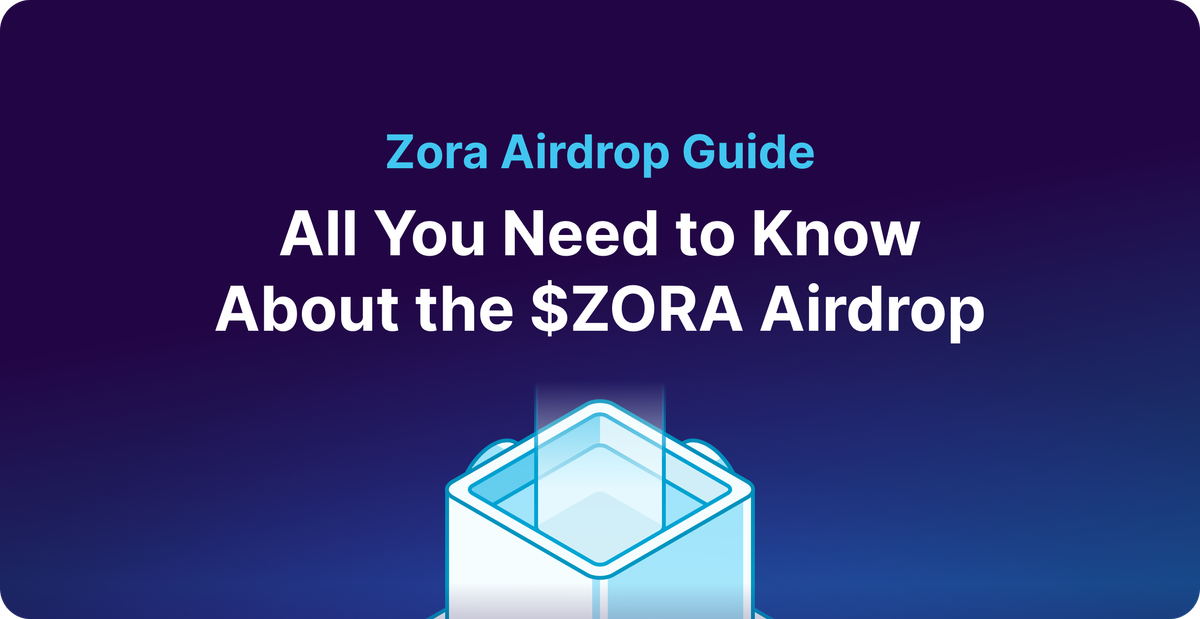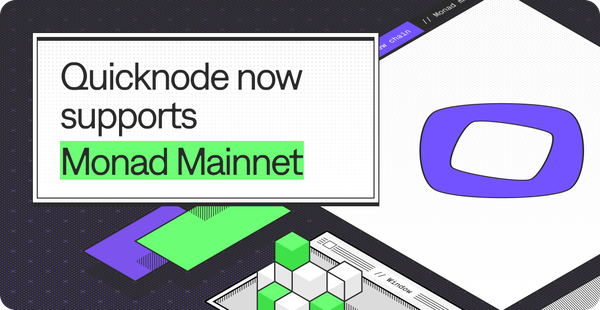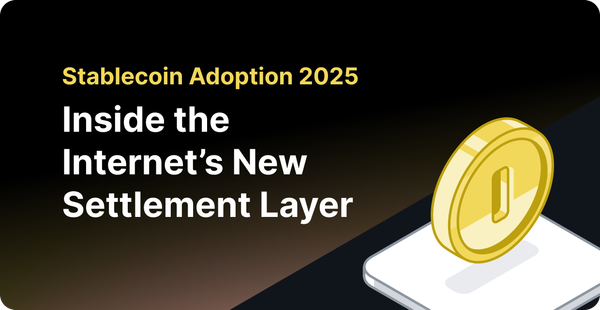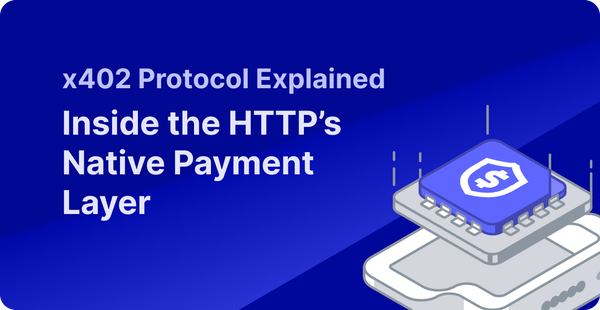Zora Airdrop Guide: All You Need to Know About the $Zora Airdrop
Explore everything you need to know about Zora's anticipated $ZORA token airdrop. Learn what Zora is, its significance in the NFT and blockchain ecosystems.

The crypto space is abuzz with news of Zora’s upcoming airdrop – a significant event in an industry where community rewards and decentralized ownership are highly valued. Airdrops have become a popular way to jumpstart network adoption and reward early users, and Zora’s approach is no exception. Zora, known for its innovative NFT and media marketplace protocol, is officially launching its native $ZORA token in Spring 2025 and plans to distribute a retroactive airdrop to reward early adopters. This move is particularly noteworthy given Zora’s role in empowering creators and challenging the traditional Web2 creator economy. In this post, we’ll delve into what Zora is, why it’s important in the blockchain/NFT ecosystem, and how you can prepare for and claim the Zora airdrop.
What is Zora?
Zora is a decentralized NFT marketplace protocol – a blockchain-based platform that allows anyone to mint, own, and trade digital content without centralized gatekeepers. It prides itself on being an immutable, composable, and censorship-resistant infrastructure for NFTs, meaning it “never goes down” and can seamlessly integrate with other applications. Unlike traditional NFT marketplaces, Zora is a protocol layer that developers and creators can build upon, ensuring a universally accessible and permissionless environment for digital culture.
One of Zora’s unique features is its modular architecture (introduced in Zora V3), which enables continuous upgrades and new feature deployments in a permissionless way. This design, along with mechanisms like on-chain royalties and finder’s fees, creates a robust ecosystem where creators and collectors interact directly. Zora's platform is compatible with various devices, including iPhones, iPads, and Macs, and ensures seamless file transfers across these devices. Zora has even introduced novel concepts like Zora Fee Switch NFTs (ZORFs) governed by a Zora DAO, highlighting its commitment to community-driven governance and innovation.
Beyond being an NFT marketplace, Zora has evolved into an on-chain social network for creators. Every piece of content posted on Zora can be “coined” into a tradable token, allowing creators to tokenize their posts and earn from their popularity. This approach blurs the line between social media and marketplaces: content isn’t just viewed or liked, it’s owned and monetized by the community. Users can access Zora's features on iOS devices, and it is important to have Wi-Fi enabled for optimal performance. Zora’s focus on creator-centric tools and decentralization sets it apart in the NFT and DeFi space
bitrue.com. For example, creators on Zora automatically earn royalties from secondary sales of their work, and the protocol has distributed over $27.7 million in rewards to creators while facilitating more than $376 million in secondary market volume. These achievements underscore Zora’s significance as a platform that truly empowers artists and builders by letting them retain control over their work’s value.
From a technical perspective, Zora is also pushing boundaries by launching its own blockchain infrastructure. Zora Network is a fast, cost-efficient Layer 2 chain built on the Optimism OP Stack, designed to bring media on-chain at scale. This means Zora operates not only on Ethereum mainnet but also on its L2 (Zora Network) and is integrated with other chains like Optimism, Arbitrum, and the new Base network
This multi-chain presence ensures users enjoy low fees and speedy transactions when minting or trading NFTs, enhancing the overall user experience. In summary, Zora differentiates itself through its open protocol ethos, cross-chain scalability, and deep focus on the creator community – positioning it as a key player at the intersection of NFTs, social media, and DeFi.
Understanding the $ZORA Token
With the launch of its native token, $ZORA, the platform is entering a new phase of ecosystem growth. It’s important to understand what $ZORA is (and isn’t) designed to do. According to Zora’s team, $ZORA is a “fun token” intended to reward and engage the community, not a governance token. In other words, holding $ZORA does not confer any governance rights or equity ownership in the Zora platform or its products
support.zora.co. This differentiates $ZORA from many other project tokens which double as voting power in protocol decisions. Zora is keeping governance separate (likely through its DAO and ZORF NFTs) and positioning $ZORA more as a utility and incentive token to spur participation on the platform.
Despite being labeled as a meme or fun token, $ZORA will play several crucial roles in the ecosystem’s growth:
- Community Incentives: A significant portion of the token supply (20%) is set aside for community incentives – think rewards for active users, creators, or developers who contribute to Zora’s growth. This aligns with Zora’s history of rewarding creators and could mean token rewards for actions like minting content, referring new users, or building on the protocol.
- Retroactive Airdrop: 10% of the total supply is reserved for a retroactive airdrop to early adopters. This airdrop is a one-time distribution to thank those who have been using Zora before the token launch (we’ll cover eligibility details shortly).
- Liquidity & Ecosystem Growth: Smaller allocations are intended for liquidity provision (5%) and the Zora treasury (20%), ensuring $ZORA has a healthy market and that the project has funding for future development. The remaining shares go to the team (18.9%) and strategic contributors (26.1%) with vesting schedules. This breakdown indicates a long-term vision where the team and investors are locked in for several years, aligning their incentives with the project’s success.
As a transactional and social token, $ZORA may find utility within Zora’s on-chain social network. For example, it could potentially be used to buy “coins” of creators’ posts, tip artists, or pay for premium features on the platform (though specifics aren’t confirmed yet). What’s clear is that Zora envisions $ZORA as a catalyst for user engagement: by giving users a stake (quite literally) in the network’s success, it encourages more content creation, curation, and interaction on Zora. The long-term vision is to grow Zora’s creator economy – imagine a future where trending content on Zora not only rewards the creator with more followers, but also with token value as their post-coins and $ZORA tokens appreciate. This aligns with Zora’s ethos of “rediscovering the power of the internet” by making it more equitable for creators.
Zora Airdrop: What You Need to Know
The upcoming Zora airdrop is highly anticipated, especially since it’s retroactive – rewarding those who have already been active on the platform. Here’s what we know and what you should prepare for:
Airdrop Allocation and Snapshots: Zora has confirmed that 10% of the total $ZORA supply will be distributed via a retroactive airdrop to the community. With a total supply of 10 billion tokens, that means 1 billion $ZORA tokens are earmarked for early users. To capture who is eligible, Zora is using snapshots of user activity. The first snapshot was taken on March 3, 2025 (at 9 AM EST) and a second snapshot will be taken three days before the Token Generation Event (TGE) (i.e., a few days before the token officially launches)
support.zora.co. If you interacted with Zora before or between these snapshots, you could be eligible for the airdrop. Keep in mind: the exact criteria for eligibility have not been publicly disclosed as of the latest announcements. Zora is likely considering a mix of factors such as NFT minting activity, trading volume, referral invites, and maybe profile completion to determine how the airdrop is allocated among users.
How to Increase Your Chances: Even without explicit criteria, Zora has hinted at ways users can position themselves favorably. To maximize your airdrop eligibility, consider the following steps (before the final snapshot occurs):
- Engage with the Zora Platform Regularly: Use Zora as an NFT marketplace. For instance:
- Buy, sell, or list NFTs on Zora’s platform. Showing trading activity may signal you’re an active participant.
- Mint NFTs (create your own content on Zora). The more you mint and interact, the better – especially if done across multiple days (to show consistent use).
- Complete Your Zora Profile: If you haven’t already, connect your wallet and set up your profile on Zora (username, bio, links). Zora encourages users to finalize their profile and even link social accounts (Twitter/X, Farcaster, etc.). This could be similar to how some platforms reward users for verified engagement. Ensuring your contacts are up-to-date can also help in engaging with the Zora platform.
- Invite Others and Participate in Social Features: Zora has a referral system – you get a unique referral link to invite friends. Use it to bring new creators or collectors to the platform. If your referrals mint content (“Sparks” rewards) or your posts attract collectors, it demonstrates your contribution to growth. Also engage with other people’s content (collect some open editions, like or share posts if such features exist).
- Use the Zora Network and Testnet: Zora isn’t just on Ethereum mainnet; it has its own Layer-2 (and is deployed on Base, Optimism, etc.). For additional brownie points:
- Add the Zora network (L2) or testnet to your wallet (MetaMask, etc.) and try it out. Zora’s testnet often uses Goerli ETH – you can bridge Goerli ETH to Zora’s testnet to simulate transactions.
- Bridge assets and make swaps on Zora: Use the official Zora Bridge to move ETH from Ethereum or other chains to Zora’s network. Also, Zora integrated Uniswap on its network, so try making a token swap on Zora L2. These actions show you’re exploring the full range of Zora’s ecosystem.
- Stay Active Until the Final Snapshot: Since the last snapshot will occur shortly before the token launch, maintain activity. Keep minting NFTs on Zora up until that point, and continue interacting. The goal is to demonstrate ongoing support of the platform. Monitoring crypto prices can help you stay informed about market trends and how they might impact the value of the $ZORA token.
It’s worth noting that doing the above steps is not a guaranteed ticket to the airdrop – the final decision lies with the Zora team’s criteria. However, historically, users who deeply engage with a protocol early are the ones most likely to be rewarded in retroactive airdrops. By using Zora genuinely and frequently, you align yourself with the spirit of the community reward.
How to Claim the Zora Crypto Airdrop
When the $ZORA token goes live, and the airdrop is officially announced, you’ll need to follow specific steps to claim your tokens. Although the exact claiming process will be released by the Zora team near the token launch, we can outline a general approach based on typical airdrop procedures and Zora’s hints:
- Stay Tuned to Official Announcements: First and foremost, watch Zora’s official channels (their Twitter/X account, official blog, and support page). The team has stated that claim details and additional info will be announced closer to the token launch. There will likely be a dedicated webpage or in-app portal for claiming the airdrop. Do not trust any “Zora airdrop” links until they are confirmed by Zora’s official sources.
- Prepare Your Wallet (Connect to Base): Since $ZORA is launching on Base network, you will probably need to claim your tokens on Base. Make sure your wallet is configured to use the Base L2 network. If you visit the official claim page with an eligible wallet, you may be prompted to switch to Base. It’s a good idea to have a small amount of ETH on Base in advance to cover gas fees for the claim transaction (Base is an L2 that uses ETH for gas, similar to Optimism/Arbitrum).
- Connect and Verify Eligibility: On the claim page (once live), you’ll connect your wallet. The site will check if your address was included in the airdrop snapshot. If you’re eligible, you should see a claimable $ZORA token balance or some indication of your allocation. If not, the page might inform you that no airdrop is available for your address.
- Complete Any Required Verification: Zora might require a quick verification step (for example, agreeing to terms or proving you control the account via a signature). Given Zora’s large user base from various sign-in methods, ensure that if you used an email/Privy wallet, you now use the same wallet address in a self-custody app like MetaMask to connect for claiming. (If you still use the embedded wallet, Zora may offer a flow to claim via their app, but using your own wallet is safer and more flexible.)
- Claim Your $ZORA Tokens: Once eligible, initiate the claim. This usually involves clicking a “Claim” button and confirming a transaction in your wallet. The transaction will likely be on the Base network, distributing the $ZORA tokens to your address. Approve the transaction and wait for confirmation. After it's mined, you should see $ZORA in your wallet (you might need to add the $ZORA token contract to your wallet manually to see it – the contract address will be provided by Zora when they launch, so only use the official address).
- Transfer or Stake (Optional): After claiming, you’re free to use your tokens. You could hold them as a long-term supporter, or perhaps trade a portion on exchanges or DEXs if liquidity is available. Some may want to bridge $ZORA to Ethereum mainnet (if a bridge exists) or trade directly on Base’s growing DeFi ecosystem. Do note, Zora hasn’t announced any staking program for $ZORA as of now, so be cautious with any site claiming you can stake $ZORA for extra rewards – it might be a scam if it’s not an official Zora initiative.

About QuickNode
QuickNode is building infrastructure to support the future of Web3. Since 2017, we've worked with hundreds of developers and companies, helping scale dApps and providing high-performance access to 60+ blockchains. Subscribe to our newsletter for more content like this, and stay in the loop with what's happening in web3!





